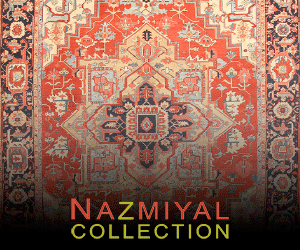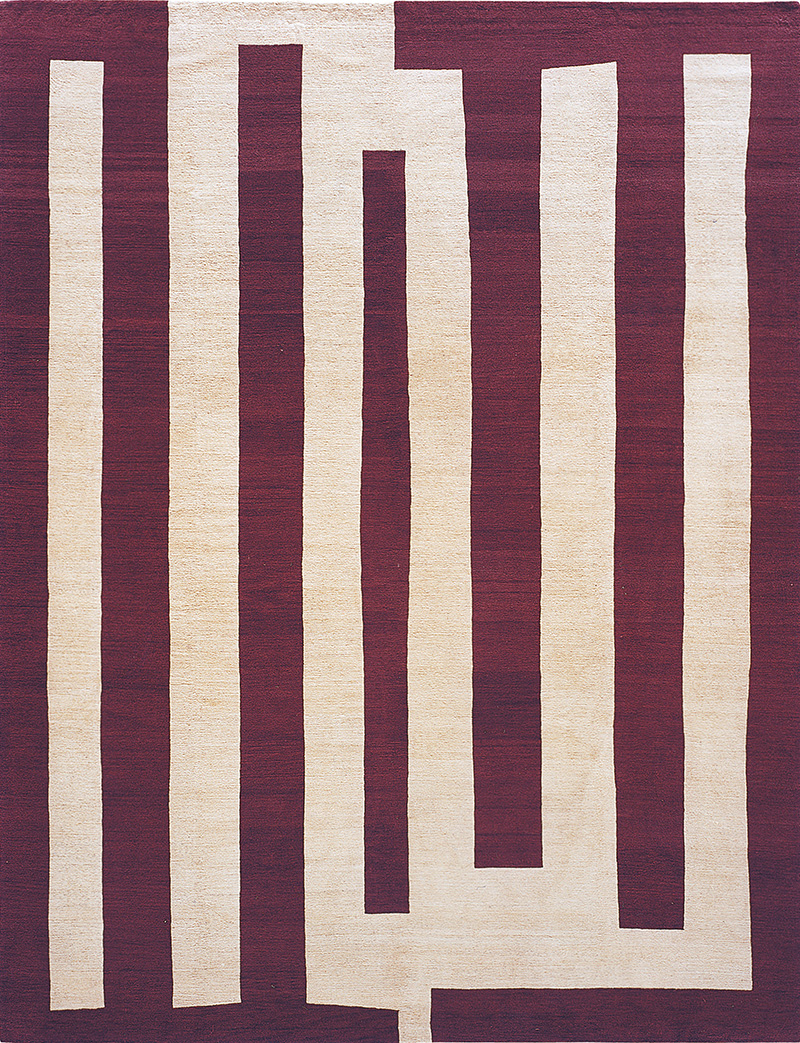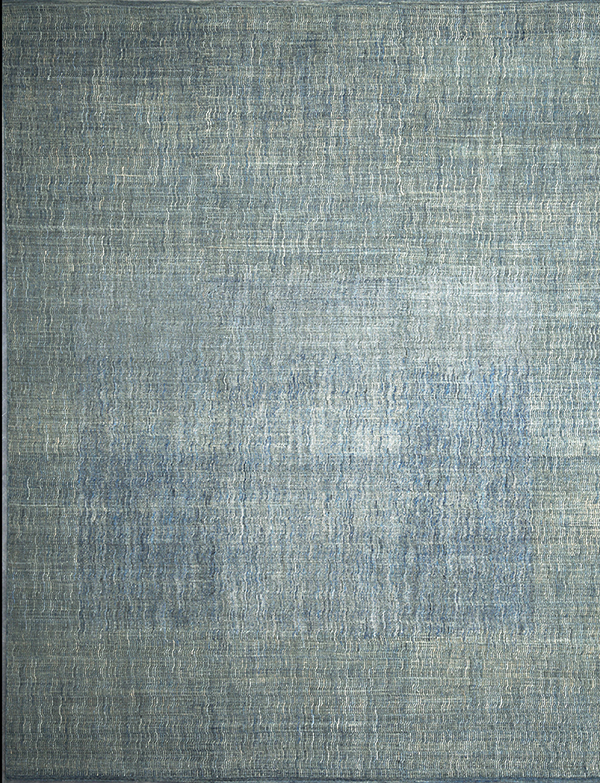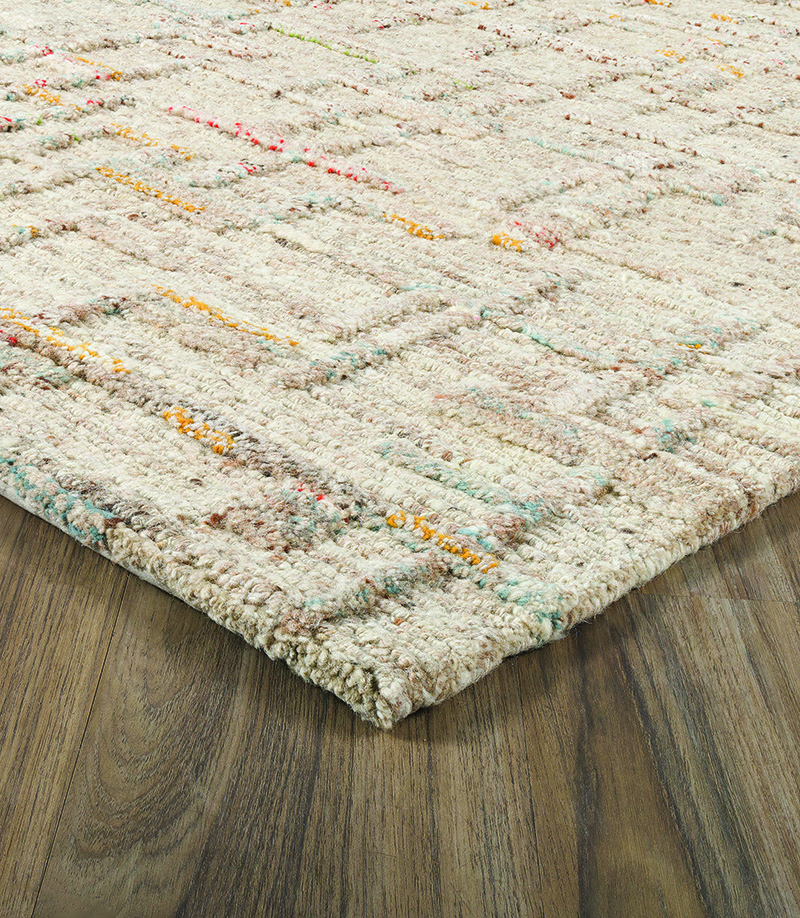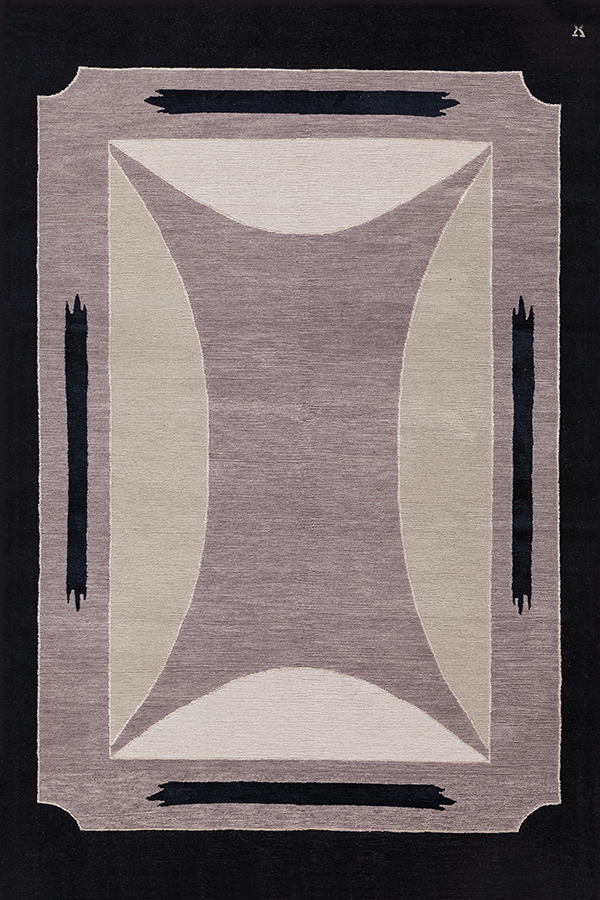Boldly Go.
As anchors or accents, these forward floor fashions make us feel dizzy with excitement. Rugs featuring bold pattern or color, or unexpected moments and imagery help create unique personality-filled spaces. Dare to inject some drama—or whimsy—while still maintaining a sense of sophistication.




